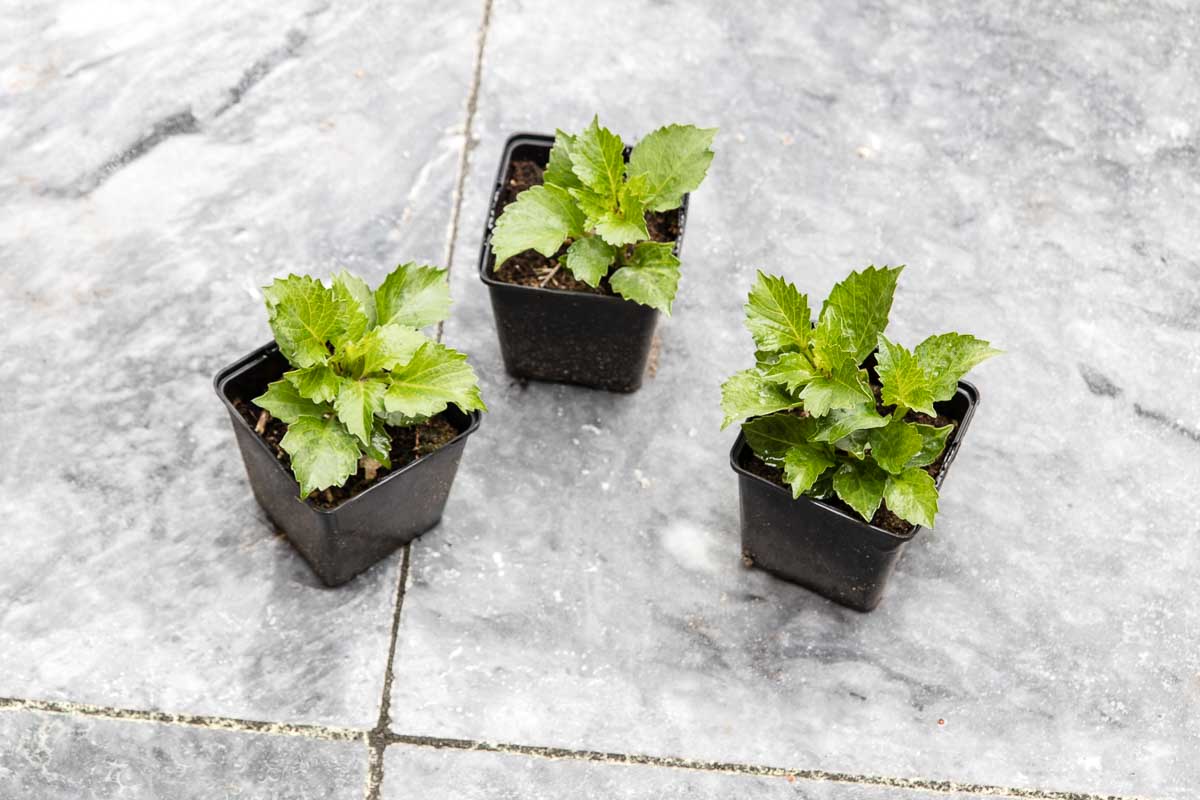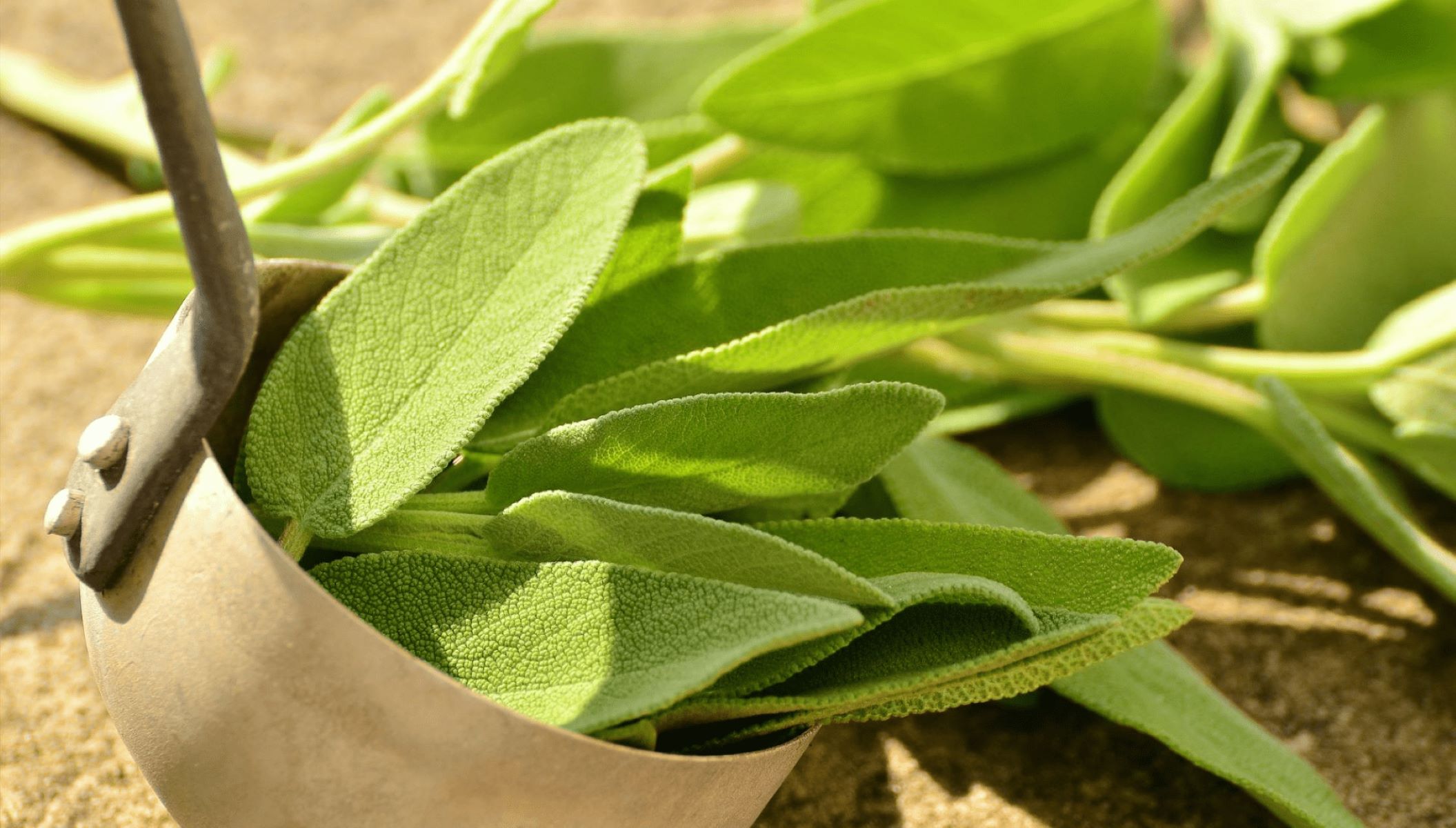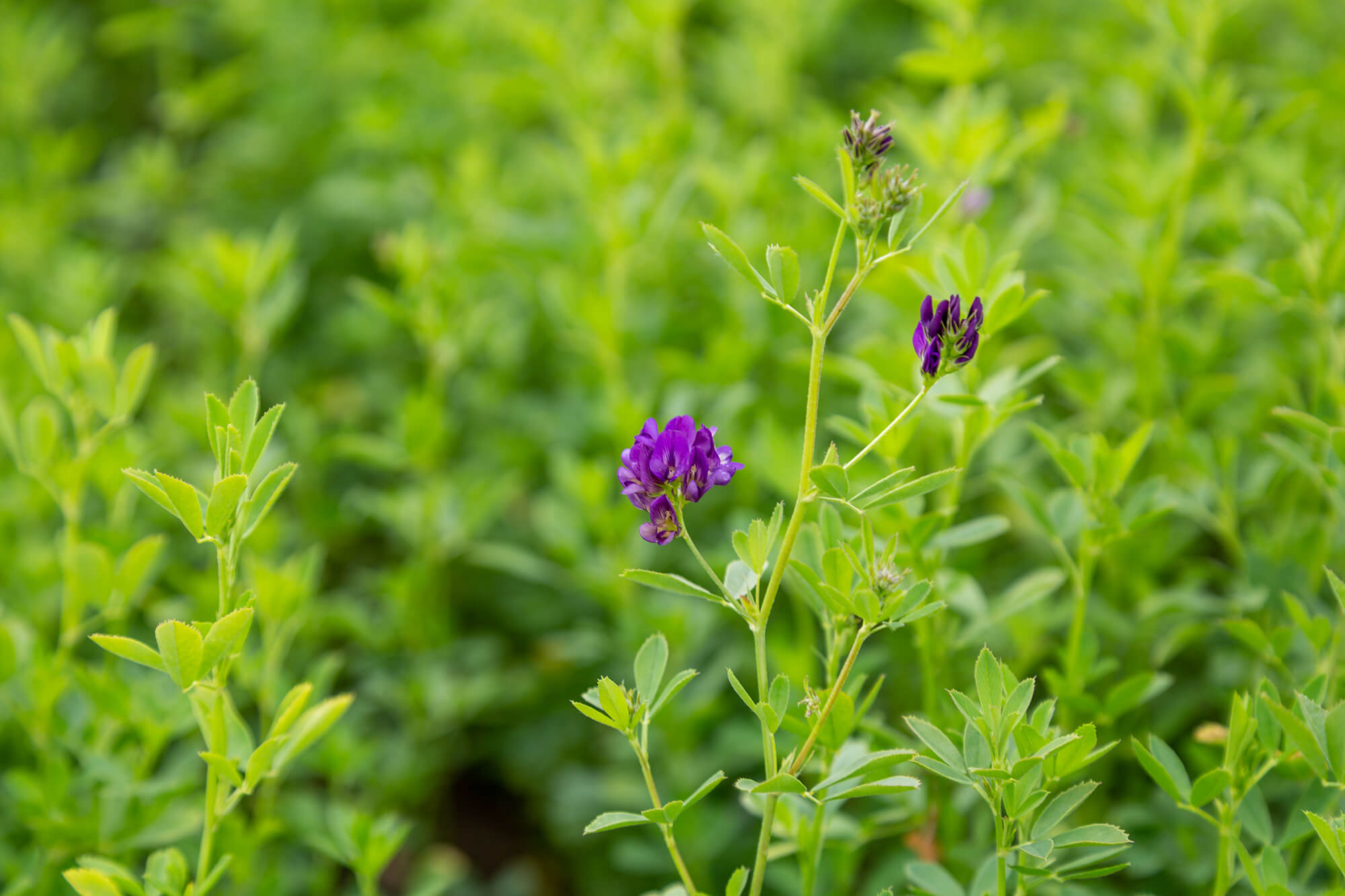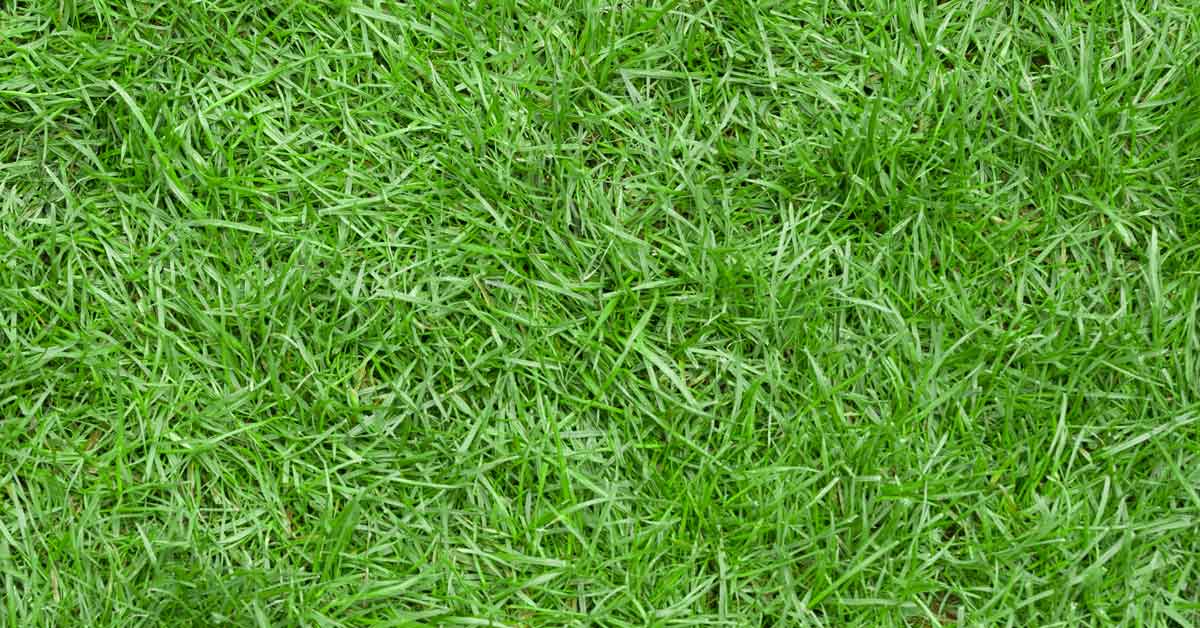Home>Garden Essentials>When To Plant Seeds For Garden


Garden Essentials
When To Plant Seeds For Garden
Modified: March 21, 2024
Discover the optimal time for planting seeds in your garden and ensure a successful growing season. Get expert tips and advice on when to sow your favorite plants for a lush and thriving garden.
(Many of the links in this article redirect to a specific reviewed product. Your purchase of these products through affiliate links helps to generate commission for Storables.com, at no extra cost. Learn more)
Introduction
Gardening is a rewarding and fulfilling hobby that allows us to connect with nature and create beautiful outdoor spaces. One of the key aspects of a successful garden is knowing when to plant seeds. Timing plays a crucial role in determining the growth and overall health of your plants. Whether you’re a seasoned gardener or just starting out, understanding when to plant seeds can make all the difference in achieving a bountiful and flourishing garden.
When it comes to planting seeds, there are several factors to consider. From the type of seeds you’re planning to sow to the climate and weather conditions in your area, each element plays a crucial role in determining the ideal time for planting. By taking these factors into account, you can ensure optimal germination, growth, and harvest of your plants.
In this article, we will explore the various factors to consider before planting seeds, as well as the recommended planting times for different types of seeds. Additionally, we will discuss the importance of climate and weather conditions, soil preparation and temperature, frost dates, and the decision between seed starting indoors and direct sowing outdoors. By the end, you’ll have a comprehensive understanding of when and how to plant seeds for a successful garden.
So, let’s dig in and uncover the secrets of timely seed planting!
Key Takeaways:
- Timing is crucial for successful seed planting. Consider climate, soil, frost dates, and seed types to ensure healthy growth and bountiful harvests.
- Choose between starting seeds indoors or direct sowing outdoors based on space, plant varieties, and climate. Follow seed packet instructions for best results.
Read more: When To Plant Pumpkin Seeds
Factors to Consider Before Planting Seeds
Before you start planting seeds, there are several important factors to consider. By taking these factors into account, you can ensure that your seeds have the best chance of germinating and growing successfully.
1. Climate and Weather Conditions
The climate and weather conditions in your region play a vital role in determining when to plant seeds. Different plants have specific temperature and moisture requirements, so it’s essential to align your planting schedule with the local climate. Research the average temperature ranges, frost dates, and rainy seasons in your area to identify the most suitable time for planting each type of seed.
2. Soil Preparation and Temperature
Preparing your soil is crucial for seed germination and healthy plant growth. Ensure that your soil is well-drained, nutrient-rich, and properly pH-balanced. It’s also important to consider the soil temperature. Some plants require warmer soil to germinate, while others can tolerate cooler temperatures. Use a soil thermometer to determine if the soil has reached the optimal temperature for planting.
3. Frost Dates and Last Frost-Free Date
Frost dates are another essential factor to consider when planning your seed planting. Frost can be detrimental to young plants, causing them to wither and die. Determine the average last frost date in your area and plan to start planting seeds after this date to avoid any potential damage. Additionally, the last frost-free date indicates when the risk of frost is significantly reduced, allowing you to plant more delicate seeds.
Read more: When To Plant Viola Seeds
4. Seed Starting Indoors vs. Direct Sowing Outdoors
Depending on the type of seeds you’re planting, you may have the option to start them indoors or directly sow them outdoors. Starting seeds indoors gives you control over the growing conditions and allows for an early start. However, it requires additional equipment, such as seed trays and grow lights. Direct sowing outdoors is simpler but may require waiting for the appropriate outdoor planting time.
5. Seed Storage and Viability
Before planting your seeds, it’s important to check their viability. Seeds lose their ability to germinate over time, so using fresh, high-quality seeds is crucial for successful gardening. Properly store your seeds in a cool, dry place to maintain their viability. Additionally, consider the specific germination requirements of each type of seed, such as soaking, scarification, or stratification.
By considering these factors before planting seeds, you’ll set yourself up for gardening success. Understanding your local climate, soil conditions, frost dates, and seed viability will help you make informed decisions about when and how to plant your seeds. So get ready to get your hands dirty and watch your garden flourish!
Types of Seeds and Their Recommended Planting Times
When it comes to gardening, there is a vast array of seeds available, each with its own ideal planting time. Understanding the recommended planting times for different types of seeds is essential for their successful germination and growth. Let’s explore some common types of seeds and when to plant them.
1. Cool-Season Seeds
Cool-season seeds are those that thrive in cooler temperatures, typically in early spring or fall. These include vegetables like lettuce, spinach, radishes, and peas. It’s best to plant these seeds as soon as the soil can be worked in the spring, or in late summer for a fall harvest. Cooler temperatures promote better germination and growth for these plants.
Read more: When To Plant Impatiens Seeds
2. Warm-Season Seeds
Warm-season seeds thrive in warmer temperatures and require a longer growing season. Examples of warm-season seeds are tomatoes, peppers, cucumbers, beans, and corn. These seeds should be planted after the last frost date, when the soil has warmed up and the risk of frost is minimal. Generally, late spring or early summer is the ideal time for planting warm-season seeds.
3. Herbs
Herbs are versatile plants that can be grown from seed. Some common herbs include basil, cilantro, parsley, dill, and mint. Different herbs have different temperature preferences. For example, basil and cilantro prefer warm temperatures, while parsley and dill can tolerate cooler conditions. Check the specific requirements for each herb and plant accordingly.
4. Flowers
Flower seeds are available in a wide range of varieties, each requiring specific planting times. Annual flowers like marigolds, zinnias, and sunflowers are typically planted in the spring after the last frost or directly sown outdoors in the summer. Perennial flowers, on the other hand, can be planted in the spring or fall, depending on their specific needs.
5. Bulbs
Bulbs are a popular choice for adding color and beauty to gardens. Flowers like tulips, daffodils, and hyacinths are planted as bulbs in the fall for a burst of spring blooms. Other bulbs, such as lilies and gladiolus, are planted in the spring for summer and fall blooms. Consider the specific bulb type and its recommended planting time for best results.
Remember to check the seed packets or conduct research to determine the recommended planting times for the specific seeds you’re working with. By adhering to these guidelines, you’ll maximize the chances of successful germination and growth, resulting in a thriving and beautiful garden.
Read more: When To Plant Seeds Outside
Climate and Weather Conditions
Climate and weather conditions are crucial factors to consider when determining the best time to plant seeds. Different plants have specific temperature and moisture requirements, and understanding your local climate will help you align your planting schedule for optimal results.
1. Temperature
Temperature is a critical factor in seed germination and plant growth. Most seeds have an optimal temperature range for germination, which is usually mentioned on the seed packet. Planting seeds when the soil and air temperatures are within this range will increase the chances of successful germination. It’s important to note that temperature variations can vary depending on the type of plant. Cool-season crops often require cooler soil and air temperatures, while warm-season crops thrive in warmer conditions.
2. Rainfall and Moisture
Rainfall and moisture levels are essential considerations for seed planting. If seeds are planted in soil that is too dry, they may struggle to germinate. On the other hand, excessive moisture can lead to rotting and fungal diseases. It’s important to strike a balance by planting seeds when the soil has adequate moisture but is not waterlogged. Additionally, consider the rainfall patterns in your area. If you anticipate heavy rains during the germination period, providing some protection, such as using row covers or raised beds, can prevent seeds from washing away or drowning in excessive water.
3. Length of Growing Season
The length of your growing season, including the average dates of the last frost and first frost, is an important consideration. Many plants, especially warm-season crops like tomatoes and peppers, require a certain number of frost-free days to reach maturity. Understanding the length of your growing season will help you determine when to plant seeds to ensure they have enough time to grow and produce a harvest before the first frost arrives.
Read more: When To Plant Bonsai Seeds
4. Microclimates
Microclimates are localized pockets within a larger region that have slightly different climate conditions. Factors such as elevation, shading, and proximity to structures can create variations in temperature and moisture. Take note of any microclimates in your garden and adjust your planting schedule accordingly. For example, areas that receive more sunlight and heat may be suitable for planting heat-loving plants earlier than the rest of your garden.
5. Climate Zones
Climate zones are categorized based on the average minimum winter temperatures and help gardeners determine suitable plants for their region. The United States Department of Agriculture (USDA) has developed a comprehensive plant hardiness zone map, which can be a helpful reference when planning your seed planting. By matching the recommended hardiness zone for a particular plant with your climate zone, you can ensure that the plant has a higher chance of thriving in your area.
Considering the climate and weather conditions in your region is essential for successful seed planting. By planting seeds at the appropriate temperature and moisture levels, taking into account your growing season and climate zone, you’ll set your plants up for healthy growth and a bountiful harvest.
Soil Preparation and Temperature
Preparing the soil and ensuring the right temperature are crucial steps in creating an optimal environment for seed planting. Proper soil preparation and temperature play a significant role in seed germination and the overall success of your plants.
1. Soil Preparation
Preparing the soil before planting seeds is essential for providing the necessary nutrients and the right structure for healthy plant growth. Follow these steps to prepare your soil:
- Remove any weeds or debris from the planting area to prevent competition for nutrients and space.
- Loosen the soil using a garden fork or tiller to improve aeration and drainage.
- Amend the soil with organic matter, such as compost or well-rotted manure, to provide essential nutrients and improve soil fertility.
- Test the pH of the soil and adjust it if necessary. Most plants thrive in a slightly acidic to neutral pH range.
- Rake the soil to create a smooth and level surface for planting.
Read more: When To Plant Okra Seeds
2. Soil Temperature
Soil temperature is a critical factor in seed germination. Different plants have specific temperature requirements for optimal growth. Here are some guidelines for understanding soil temperature:
- Take the soil temperature using a soil thermometer. Insert the thermometer about two inches into the soil, at the depth where the seeds will be planted.
- Refer to the recommended soil temperature range mentioned on the seed packet or conduct research to determine the ideal temperature for the seeds you’re planting.
- Warm-season seeds generally require soil temperatures between 60°F and 85°F (15°C to 30°C) for successful germination.
- Cool-season seeds can tolerate cooler soil temperatures, typically between 40°F and 75°F (4°C to 24°C).
- If the soil temperature is too low, consider using techniques like using mulch or plastic covers to help raise the temperature and create a suitable environment for germination.
By properly preparing the soil and ensuring the right temperature, you’re providing an ideal environment for your seeds to germinate and grow. Healthy soil structure and nutrients, along with the appropriate soil temperature, will set the stage for successful seed planting and robust plant development.
Frost Dates and Last Frost-Free Date
Frost dates and the last frost-free date are essential considerations when planting seeds. Frost can cause significant damage to young plants, so understanding these dates will help you plan your seed planting schedule effectively and protect your plants from potential harm.
1. Frost Dates
Frost dates refer to the average dates in spring and fall when a region experiences the last spring frost and the first fall frost. Knowing the frost dates in your area will help you determine when it’s safe to start planting seeds.
- Last Spring Frost: This is the date when the risk of frost in your area is significantly reduced. It indicates the end of the cold season and the start of warmer temperatures. Planting tender seedlings or set out transplants before this date can put your plants at risk of being damaged or killed by frost.
- First Fall Frost: This is the date when you can expect the first frost of the approaching fall season. Paying attention to this date allows you to plan your gardening activities accordingly, such as harvests and preparations for the colder weather.
2. Last Frost-Free Date
The last frost-free date is the date after which the risk of frost is minimal, and it is safe to plant frost-sensitive crops directly in the ground without the risk of frost damage. Determining the last frost-free date is crucial for warm-season crops that require a longer growing season, such as tomatoes, peppers, and corn.
- Consult local resources, such as agricultural extension services or gardening websites, for the estimated last frost-free date in your area.
- In areas with shorter growing seasons, it may be necessary to start these warm-season crops indoors a few weeks before the last frost-free date to extend their growing time.
Understanding these dates allows you to plan your planting schedule strategically, ensuring that your seeds and young plants are not subjected to the harmful effects of frost. By waiting until after the last frost and last frost-free date, you give your plants the best chance to grow and thrive in a frost-free environment.
Read more: When To Plant Collard Seeds
Seed Starting Indoors vs. Direct Sowing Outdoors
When it comes to planting seeds, you have two main options: starting seeds indoors or direct sowing them outdoors. Each method has its advantages and considerations, and choosing the right approach depends on various factors, including the type of seeds, available space, and climate conditions.
1. Seed Starting Indoors
Starting seeds indoors allows you to gain a head start on the growing season and gives you more control over the growing environment. Here are some benefits of starting seeds indoors:
- Extended Growing Season: By starting seeds indoors, you can start the plants earlier than the recommended outdoor planting time, ensuring a longer growing season and potentially an earlier harvest.
- Control over Environmental Conditions: Indoors, you can control factors like temperature, humidity, and lighting to create optimal conditions for germination and growth. This is especially beneficial if you live in a region with a short growing season or unpredictable weather patterns.
- Protection from Pests and Disease: Starting seeds indoors can help protect young plants from pests, diseases, and harsh weather conditions that might hinder their growth and development.
- Greater Variety: Starting seeds indoors allows you to experiment with a broader range of plant varieties, including those that require longer growing seasons or have specific environmental preferences.
2. Direct Sowing Outdoors
Direct sowing seeds outdoors is a straightforward and more natural approach, particularly for seeds that are hardy and can tolerate outdoor conditions. Here are some advantages of direct sowing:
- Easier and Simpler: Direct sowing requires less equipment and setup compared to starting seeds indoors. It is as simple as preparing the soil, sowing the seeds, and providing proper watering and care.
- No Transplant Shock: Transplanting seedlings started indoors can sometimes cause transplant shock, which can slow down growth or even stunt the plant’s development. By direct sowing, you eliminate this risk and allow the plants to establish their root systems in their final growing location from the beginning.
- Natural Synchronization: Some seeds, particularly those with large roots or those that are more sensitive to transplanting, prefer being directly sown where they will grow to avoid any disturbance to the root system.
- Cost-Effective: Direct sowing can be a more cost-effective method as it doesn’t require additional supplies like seed trays, grow lights, or potting soil.
Ultimately, the choice between seed starting indoors and direct sowing outdoors depends on your specific circumstances and preferences. Consider factors such as the type of seeds, available space, desired plant varieties, and the climate conditions in your area. You can also use a combination of both methods to make the most of your gardening efforts by starting some seeds indoors and directly sowing others outdoors. Experimentation and experience will guide you to find the ideal approach for your gardening success.
Tips for Successful Seed Planting
Planting seeds is an exciting and rewarding part of gardening. To ensure successful germination and healthy plant growth, consider the following tips when planting your seeds:
Read more: When To Plant A Germinated Seed
1. Read and Follow Seed Packet Instructions
Seed packets contain valuable information about the specific requirements of each type of seed. Read and follow the instructions provided, including recommended planting depth, spacing, and any special care instructions. This will help optimize germination rates and plant health.
2. Choose High-Quality Seeds
Selecting high-quality seeds is vital for successful planting. Purchase seeds from reputable sources to ensure their viability and freshness. Avoid using old or expired seeds, as they may have lower germination rates and result in poor plant growth.
3. Properly Prepare the Soil
Prepare the soil before planting by removing weeds, loosening the soil, and incorporating organic matter for added nutrients. Ensure the soil is well-drained and at the correct pH level for the specific plants you are growing.
4. Plant at the Right Depth
Plant seeds at the recommended depth, as stated on the seed packet. As a general rule, smaller seeds require shallower planting, while larger seeds may need to be planted deeper. Planting at the correct depth ensures proper access to moisture and nutrients for germination.
Read more: When To Plant Pansy Seeds
5. Provide Adequate Water
Keep the soil consistently moist during the germination process to support seed growth. Water gently to avoid displacing or burying the seeds. Once the seedlings emerge, adjust watering to meet the specific moisture needs of the plants.
6. Protect Seedlings from Pests
Protect seedlings from pests by using physical barriers, such as netting or row covers. Monitor for any signs of damage, and take appropriate measures to prevent infestations. Additionally, practicing good garden hygiene, such as removing debris and weeds, can minimize the risk of pest problems.
7. Provide Adequate Light
Most seedlings require ample light for healthy growth. If starting seeds indoors, place them in a location with sufficient natural or artificial light. If planting outdoors, choose a sunny spot for the best results. If needed, use grow lights to supplement light requirements.
8. Thin Seedlings if Necessary
If seedlings appear crowded, thin them out to allow for proper air circulation and to prevent competition for nutrients and sunlight. Follow the recommended spacing guidelines to ensure adequate room for each plant to grow and thrive.
Read more: When To Plant Arugula Seeds
9. Gradually Harden Off Seedlings
If seedlings were started indoors, gradually expose them to outdoor conditions before transplanting. This process, known as hardening off, helps the tender seedlings adjust to changes in temperature and sunlight. Start by placing them outside for short periods, gradually increasing the duration over the course of a week or two.
10. Label and Keep Records
Label your seeds or seed trays to keep track of the different varieties and planting dates. Additionally, keep a gardening journal or record of your planting activities, including successes and challenges. This will help you learn from past experiences and make improvements in your future planting endeavors.
By following these tips, you will set yourself up for successful seed planting and enjoy the satisfaction of watching your seeds grow into healthy, thriving plants. Happy gardening!
Conclusion
Planting seeds is a wonderful journey that allows you to witness the miracle of growth and transform your outdoor space into a beautiful garden. Understanding the factors involved in successful seed planting is essential for creating optimal conditions for germination and promoting healthy plant growth.
By considering factors such as climate and weather conditions, soil preparation, frost dates, and seed starting methods, you can make informed decisions about when and how to plant your seeds. Taking into account the recommended planting times for different types of seeds ensures that they have the best chance of thriving in their respective growing seasons.
Starting seeds indoors provides you with greater control over the environment, allowing for an extended growing season and protection from pests and disease. On the other hand, direct sowing outdoors offers simplicity, natural synchronization, and cost-effectiveness. Selecting the appropriate method depends on your available space, desired plant varieties, and individual gardening preferences.
To achieve successful seed planting, it’s important to read and follow the instructions provided on seed packets, choose high-quality seeds, properly prepare the soil, provide adequate water and light, and protect seedlings from pests. Additionally, keeping records and learning from your gardening experiences can help you continuously improve your techniques and achieve better results each year.
Remember, gardening is a delightful and rewarding endeavor that allows you to connect with nature and witness the wonders of life. Embrace the process, have patience, and nurture your seeds with care. With a little knowledge and dedication, you’ll soon be enjoying the fruits of your labor as your garden blossoms into a vibrant and thriving oasis.
So, grab your gardening tools, prepare your soil, and get ready to sow the seeds of a beautiful and bountiful garden. Happy planting!
Frequently Asked Questions about When To Plant Seeds For Garden
Was this page helpful?
At Storables.com, we guarantee accurate and reliable information. Our content, validated by Expert Board Contributors, is crafted following stringent Editorial Policies. We're committed to providing you with well-researched, expert-backed insights for all your informational needs.







0 thoughts on “When To Plant Seeds For Garden”